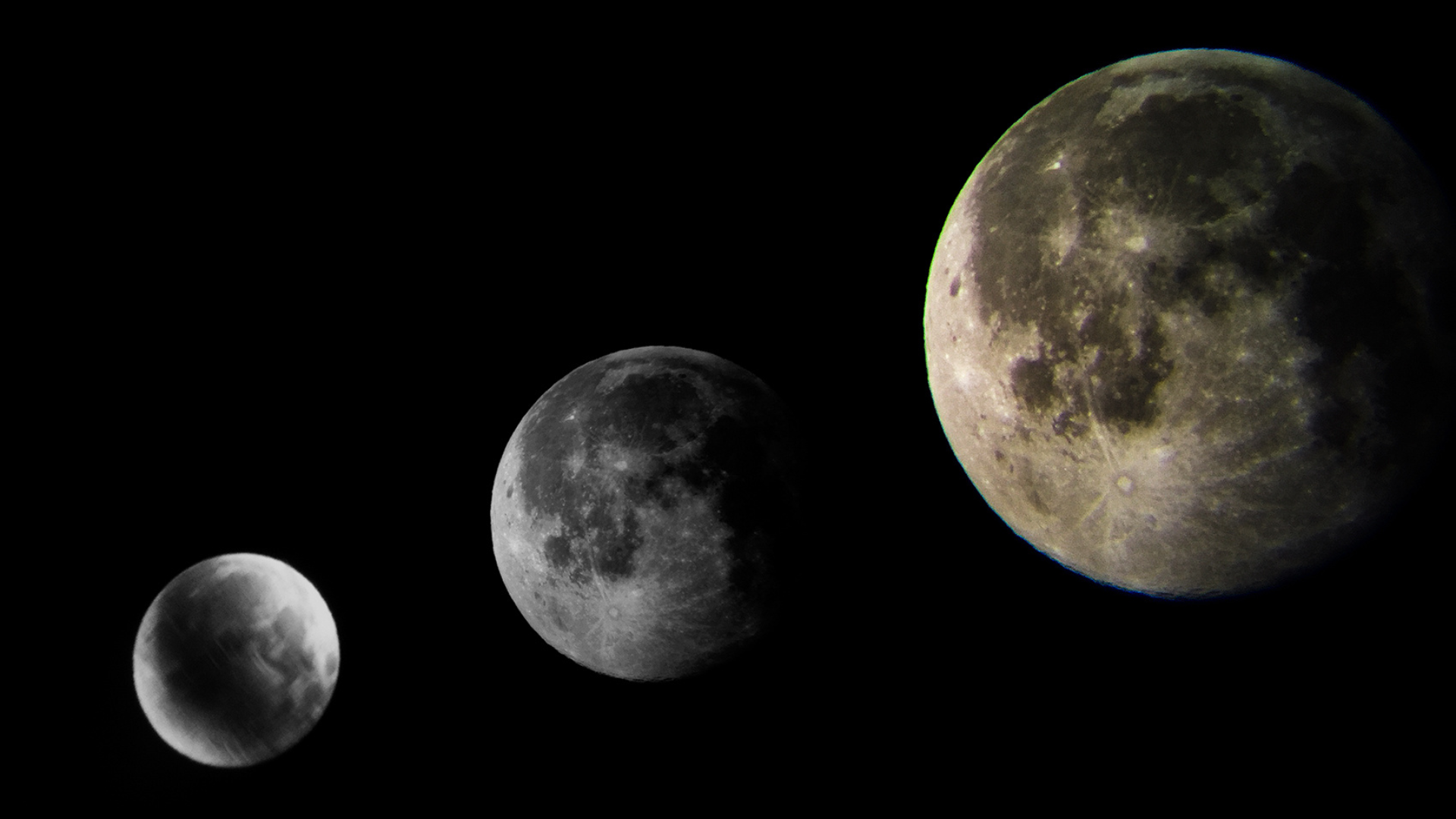Physical Address
304 North Cardinal St.
Dorchester Center, MA 02124
Physical Address
304 North Cardinal St.
Dorchester Center, MA 02124

The different shapes that the moon takes as it travels across the sky each night are something that many of us take for granted. However, in reality, these are quite rare and unique in their own right. Sure, maybe you’ve seen them before, but we want to share some interesting facts about each shape with you.
The moon is not a perfect sphere, but has two shapes: an oblong or “normal” shape and a more elongated shape called the “obtuse moon.” The moon’s surface is made up of rocks, dust, and water. The dust and water are constantly bombarded by the Earth’s atmosphere, which makes the moon look dark.
The moon was created by the impact of a large body, like a planet, into the Earth. Some scientists think that the moon might have once had life, but there is no proof. The moon’s orbit around the Earth is not a perfect circle. It is slightly elliptical, which means that it goes over the North and South Poles twice during its orbit.
There are many different shapes that the Moon can take when viewed from Earth. Some of these shapes have been observed more often than others, but all of them are possible according to lunar orbit theory. Here are four interesting facts about the different moon shapes:
The most common shape that the Moon takes is called a “half-moon.” This shape is seen when the Moon is near the horizon and appears as if it has a flattened top and bottom. It can also be referred to as a last quarter moon as the ratio of light is the same, and this can have meaning for astrologers and those interested in spirituality. If you’re interested in this, you might be asking what does the last quarter moon mean? It can mean different things depending upon your star sign, so why not have a look at what it means for you!
On the night of a full moon, the portion that is lit up by the light from Earth is completely visible. This happens when Earth is directly between the Sun and the Moon. This event is called a “full moon.”
The time it takes for the full moon to occur ranges depending on the orbit of Earth around the Sun. The average time for a full moon is 29.5 days after the previous new moon, but because Earth’s orbit around the Sun isn’t uniform, that range can vary by a day or two.
The third most common shape is called a “wedge.” This happens when the Moon is close to both sunrise and sunset and looks like two thin pieces of bread leaning against each other.
The final type of moon shape is called a “cliff edge.” This happens when the Moon is at its farthest point from Earth and looks like an edge on either side of a valley or canyon.
There are many different types of moons, and each has its unique features. Here are some of the most common types of moons:
Our moon is the only natural satellite of Earth. It was created 4.5 billion years ago when a large rock called Theia slammed into Earth. The collision caused Theia to break into pieces, and one piece – a smaller rock called Luna – landed on Earth. Over time, the gravitational pull of Earth caused Luna to grow larger until it became the moon we know today.
Jupiter has at least 67 known moons, including Europa, Ganymede, Callisto, and Io. These moons are quite large (Ganymede is about the size of Mercury), and they orbit around Jupiter in relatively tight circles. This combination makes them very difficult to study from Earth – unless you have a spacecraft that can travel to Jupiter!
Saturn has 62 known moons, all of which were discovered by NASA’s Voyager 1 and 2 spacecraft in 1980 and 1981 respectively. Many of these moons are small (Iapetus is about the size of Mars), but there are also several larger moons – Titan being the largest at about 590 miles across!
Like Jupiter’s moons, most Saturnian moons orbit around the planet in relatively tight circles; however, because they’re much further away from Saturn than Jupiter’s satellites are, they take longer to orbit.
Moon has become a very important element around the globe, not just because it is a celestial body but also because of all the interesting facts about it. Whether you are a science enthusiast or someone who just enjoys learning new things, there is something to enjoy about moon shapes.
When we keep on looking at the moon at night, we can see its many different shapes, each one more beautiful and fascinating than the next. Whether you want to learn about its origins or just marvel at all the different shapes it can take, reading up on this celestial body is worthwhile.